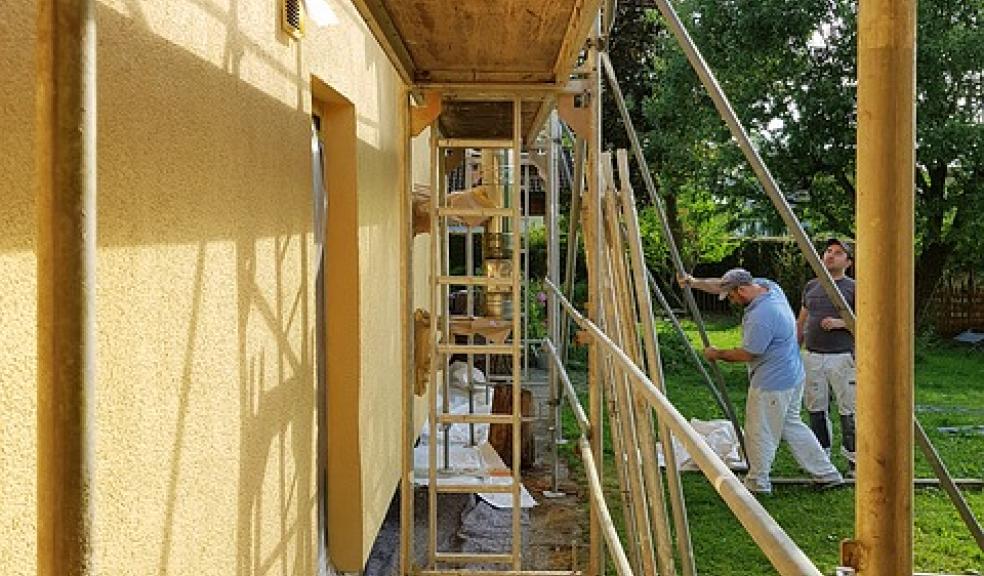
Plymouth Home Renovation: Your Guide to Safety
Whether curating a luxury apartment in Millfields or rolling up your sleeves on a doer-upper in North Road West, Plymouth has plenty of property ripe for development. For those undertaking these renovations it is an exciting, but often chaotic time.
Amongst the chaos, including finalising designs, sourcing materials, briefing builders and getting sign off from building regulations, smaller, seemingly less significant tasks like site safety can take a back seat. This is especially common during home renovations, where project managers can believe safety isn’t as important as on corporate projects.
However, when it comes to the safety of others no corners should be cut. This guide has been created to help you ensure you keep yourself, your builders and the Plymouth public safe during your home renovation project.
Environmental Considerations
The environment is continuing to creep centre stage on the world media. This also means a continuous increase in the scrutiny around environmental concerns during build projects.
The most obvious concern around home renovations is making sure that all environmentally hazardous materials are disposed of in the most environmentally friendly way. How you do this varies depending on the danger surrounding the materials.
For example, identifying and dealing with materials like asbestos should be done by a qualified professional. Other material like concrete can also be both hazardous due to potential falling risks and environmentally difficult to get rid of in a responsible away. It is always worthwhile consulting a professional in these circumstances.
Contractor Team
Selecting the right contractor team will help you ensure good site safety throughout your renovation project. Doing this can be done by following a few simple steps:
1. Request information on your contractor’s qualifications. These may be general education highlighting competence in a given trade. However, it may also include specific certification when it comes to tasks such as plumbing, electrics or gas.
2. Identify examples of experience and checking references for application of safety on site. This may include contacting a few previous employers and checking their opinion on the individual/team understanding of site safety.
3. Ensuring that your team are willing to work collaboratively with you to ensure site safety across the board.
4. Ensuring that all those involved in the project have the correct insurances required to undertake the type of renovation project you are working on.
Road Safety
Many renovations projects, especially those that are undertaken on the narrower terrace streets of Plymouth, often find themselves taking over at least some small section of a public highway.
When you do this, it is recommended by the government that you follow the instructions laid out in Chapter 8 of the 2009 Ministry of Transport’s Traffic Signs Manual. These instructions highlight how signage should be used to identify potential hazards to pedestrians and road users. For example, where large vehicles are being parked on a road for a long period of time or a skip is being placed on or by the side of the road, these guidelines should be followed.
Although these instructions are not legislation themselves, using them will help you prove consideration of safety should anything unfortunate occur. Using Chapter 8 compliant products such as fencing provided by specialists like Heaton Products is a great way to quickly and easily follow these guidelines.
Undertaking a renovation project on your home here in Plymouth is a great way to add value and make better use of the space. This guide helps you understand what needs to be considered when it comes to renovation site safety, applying what you have read here will help you ensure a smooth running renovation project.











